We performed the Flour Power Experiment because the power of flour in the baking process can’t be understated. Flour is the foundation of many recipes for baked goods and all of the other ingredients are built on top of it. The structure, consistency, and elasticity of baked goods are heavily determined by the type of flour used. Flavor can also be enhanced or hurt by the flour used in a recipe. Because of this, changing the flour in a recipe will greatly impact the product.
More Important for Gluten-free Flour
The power of glutenous flour has been the thorn in the heel of those with celiac from the jump. Unfortunately, there isn’t one grain that can replace all of what glutenous flours offer to baked goods. That is because gluten is a specific protein that provides the pleasant taste, texture, consistency, and most importantly- the elasticity to baked goods that wheat eaters are so familiar with.
As a result, gluten-free 1-to-1 flour replacements are a blend of ingredients that can produce similar results to that of glutenous flours. However, if the ingredients or the ratio of those ingredients are altered, even the smallest amount, the product being made will be different. Sometimes this is a minimal, imperceptible change. Other changes are very noticeable.
This makes developing a recipe to share with the masses challenging. You can't just write "2 cups of gluten-free flour" on a recipe for cookies. The brand and blend that you develop the recipe with may be different than the one someone else has in their home. As a result, their cookie may turn out very different than yours, even while using the same recipe, just because of the gluten-free flour blend. This is why you will often see the brand or type of flour blend noted in recipes. Usually, brands aren’t mentioned for any benefit other than the recipe.
The Flour Power Experiment
The Flour Power Experiment was performed by repeating the same recipe, under the same conditions, in the same environment; the only variable was the type of flour used. We chose 5 different gluten-free flour blends, an all-purpose wheat flour, and a whole wheat flour. We added mini chips to the batter to help visualize the flour’s ability to keep add-ins suspended in the batter.
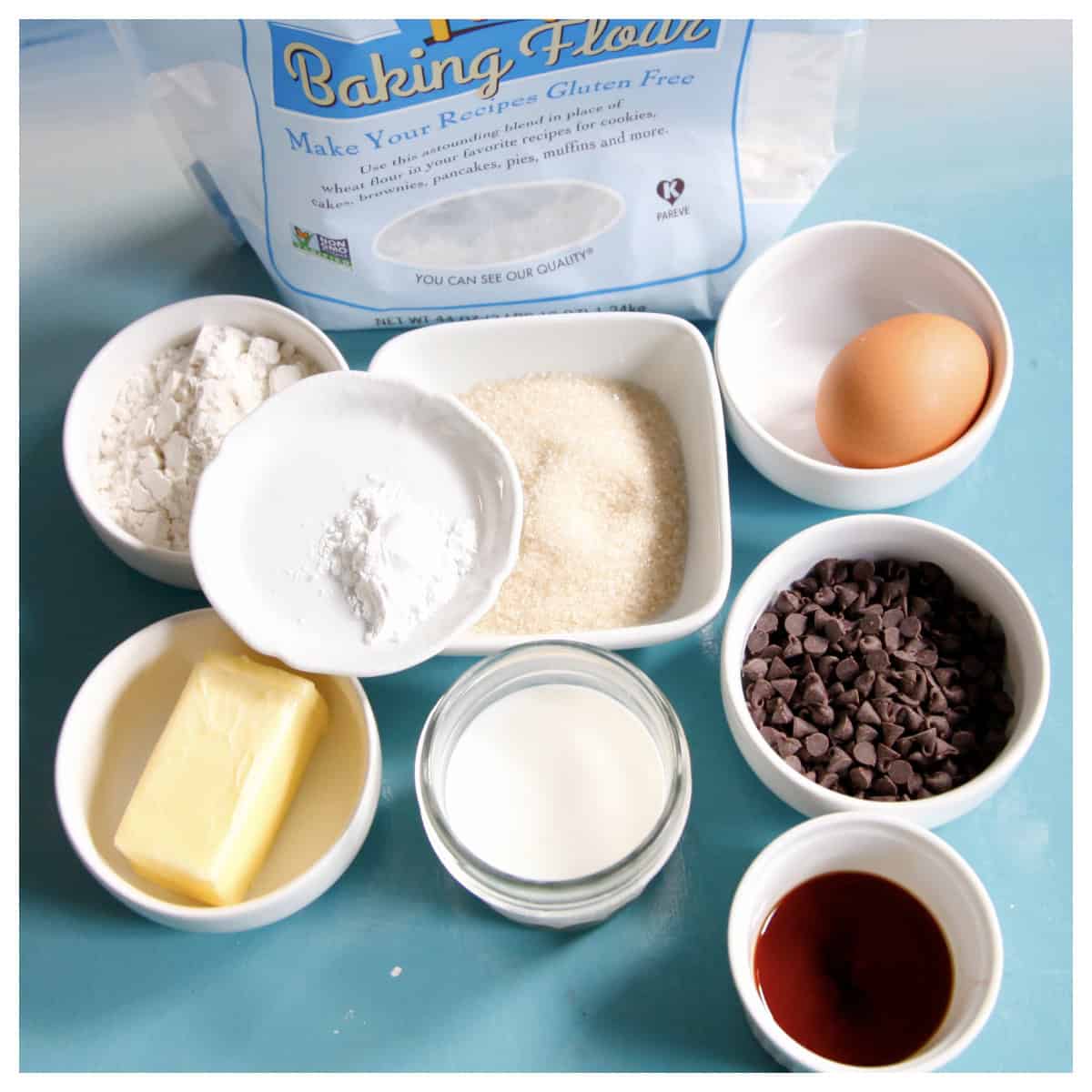
The Flours
- Whole Wheat (glutenous flour)
- All-purpose (glutenous flour)
- Almond Flour
- Bob’s Red Mill 1-to-1 Gluten-free
- Carol’s Gluten-Free
- Cup4Cup Gluten-free Multipurpose
- Good & Gather Gluten-Free
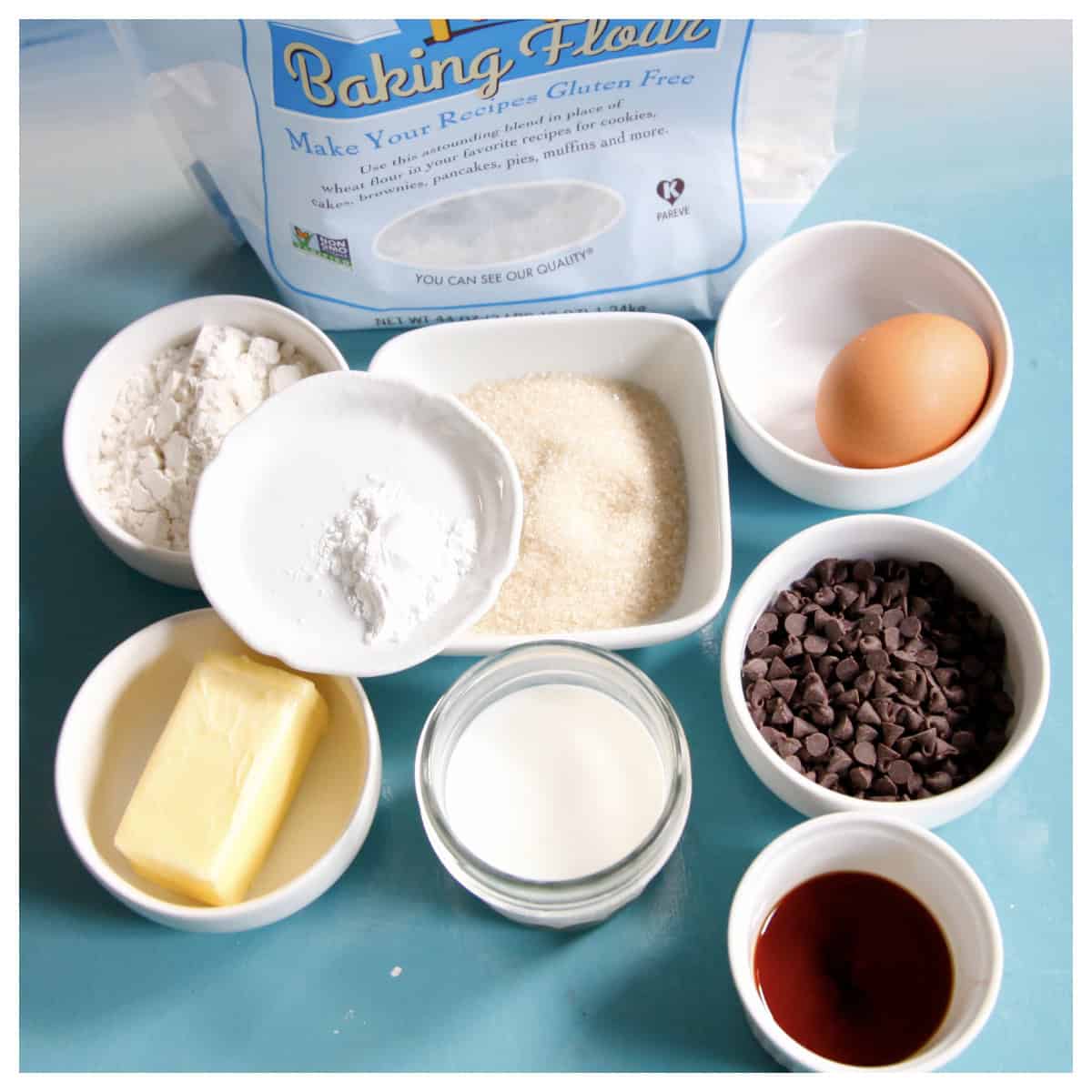
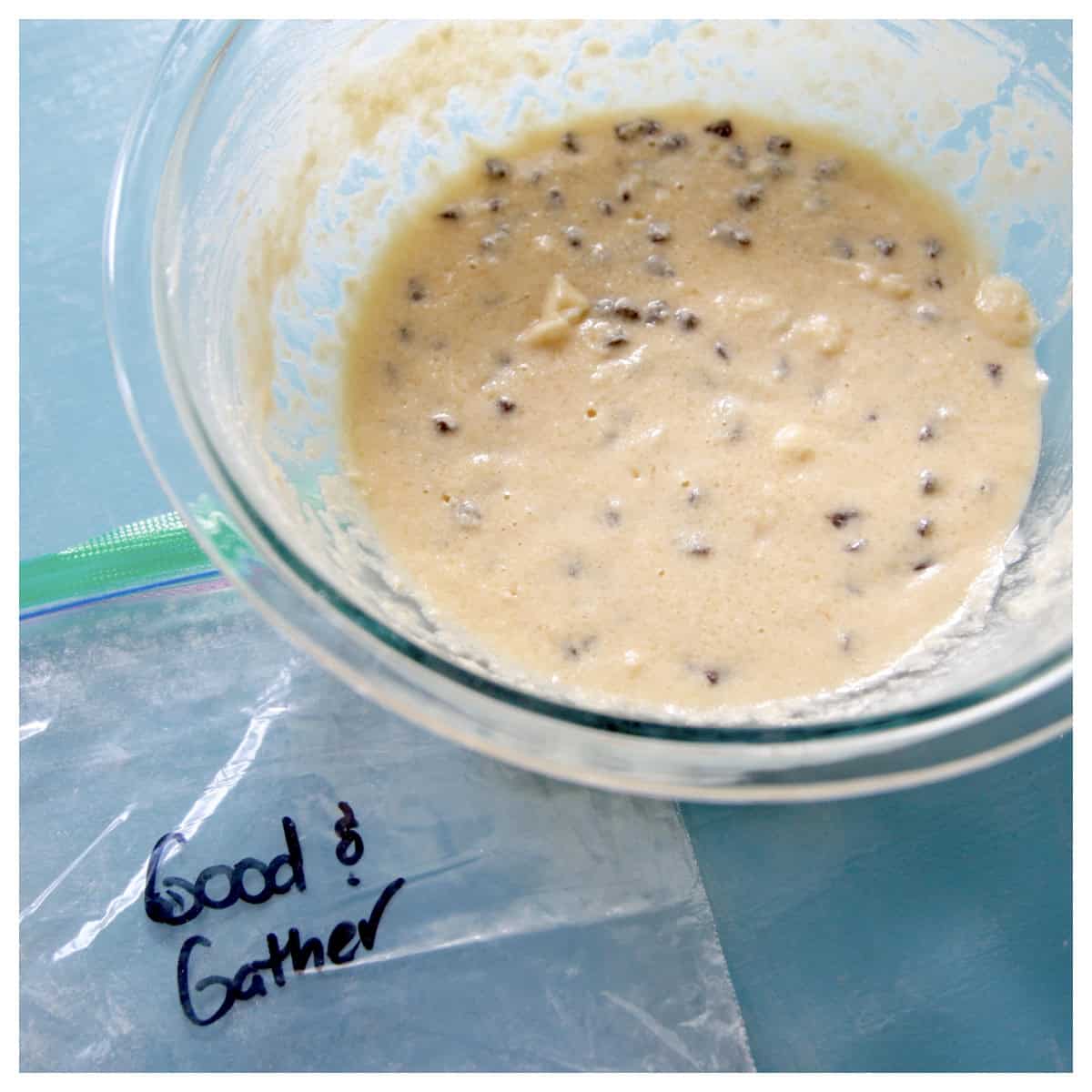
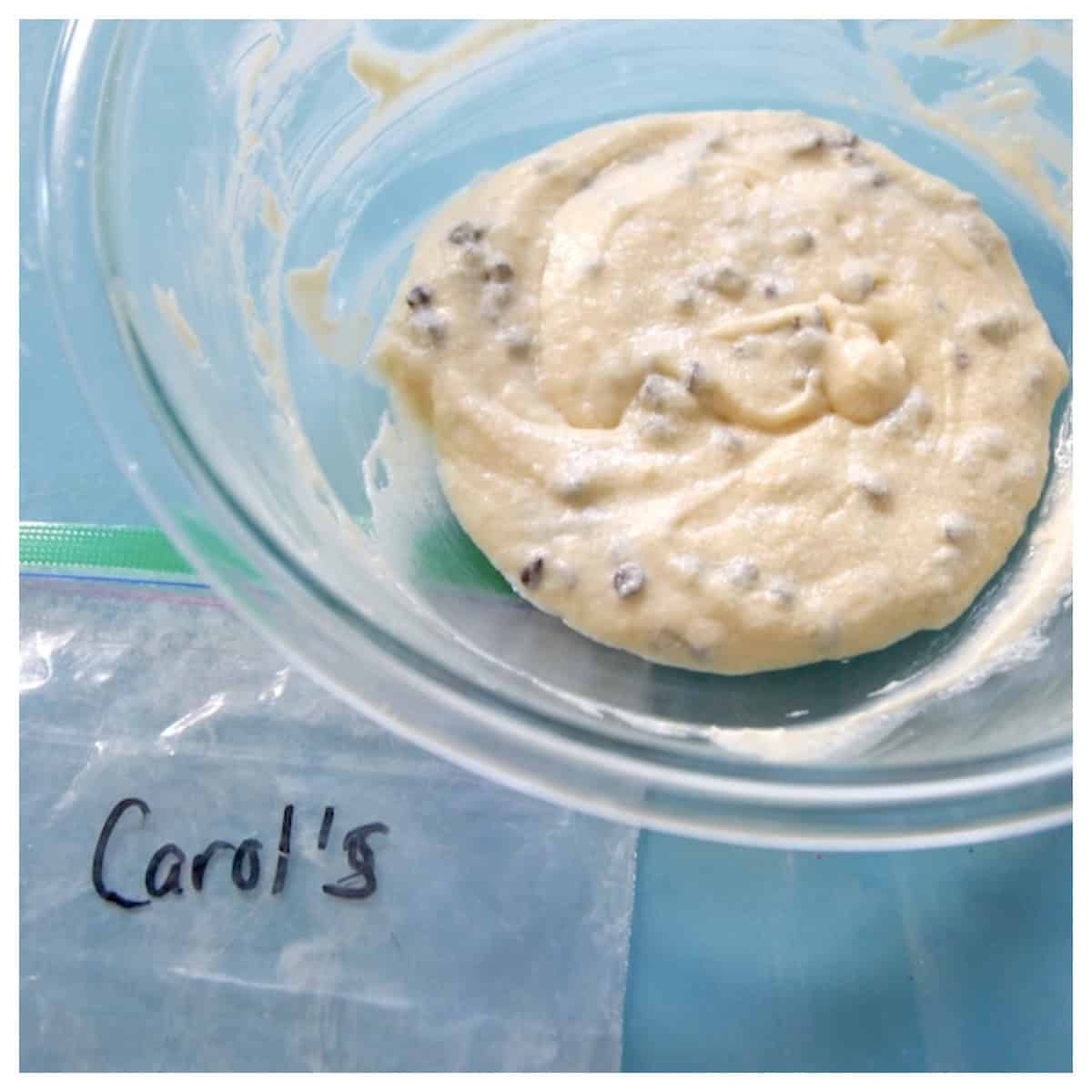
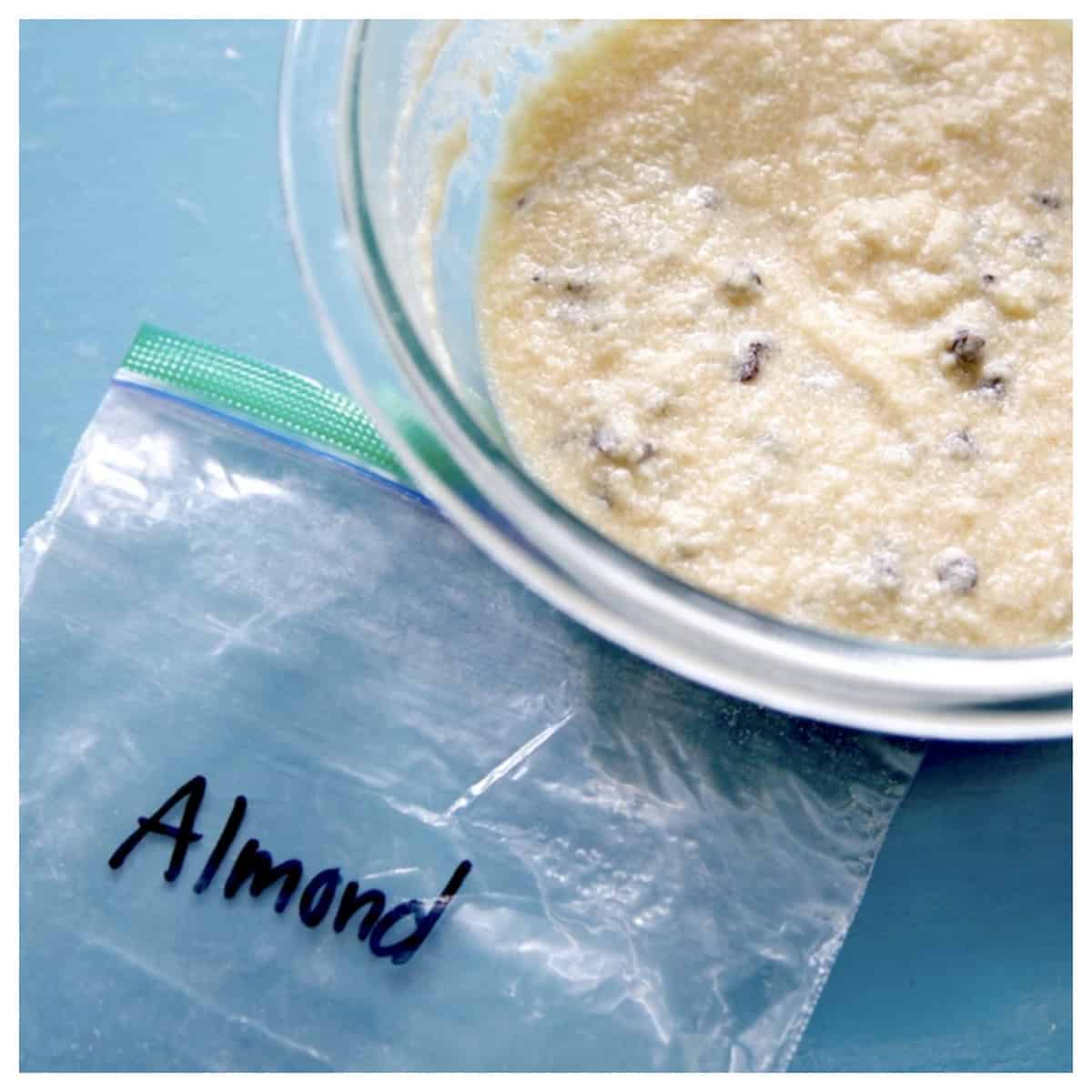
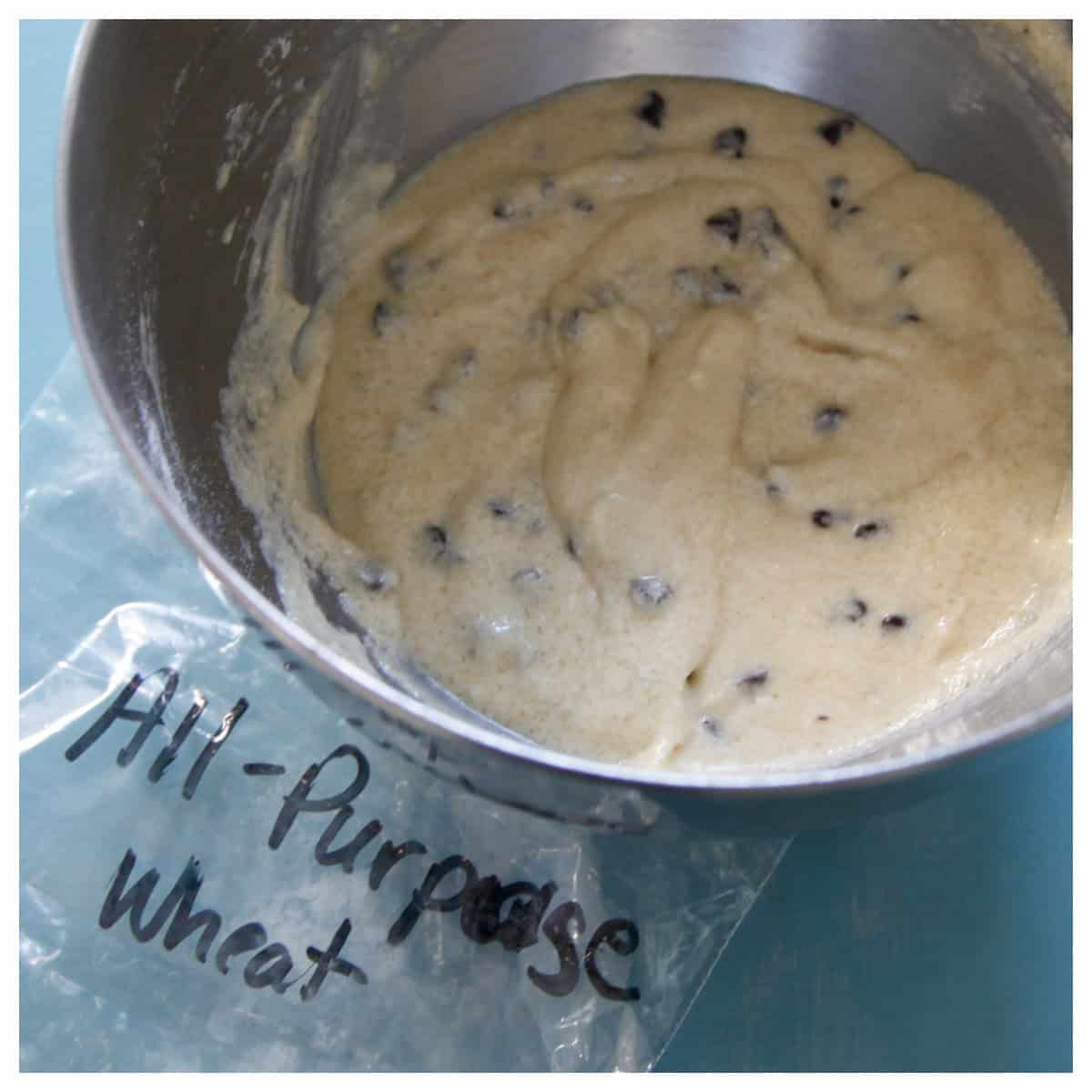
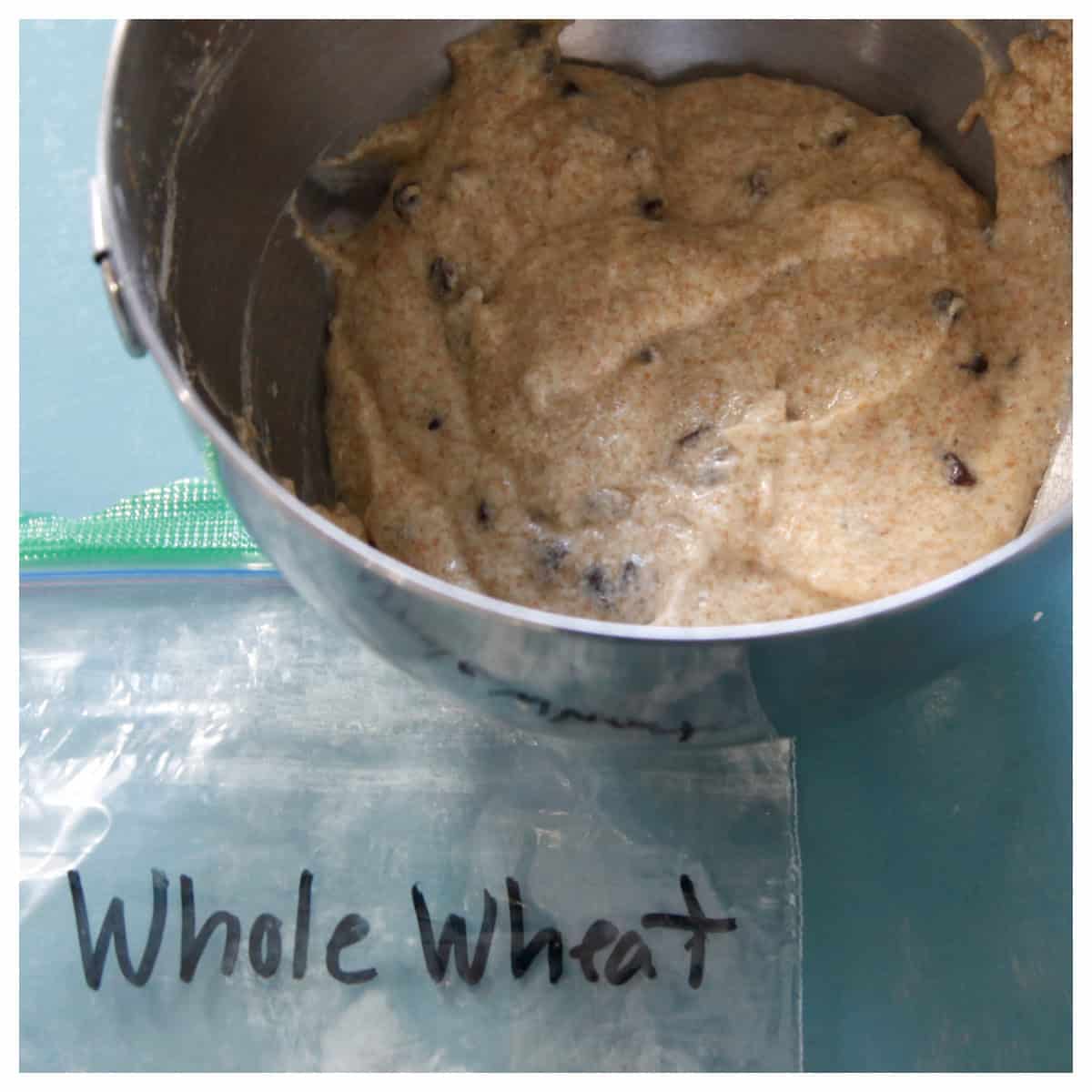
Results
Let’s break the results down into a few categories. Taste is subjective, therefore we had 4 tasters and I was the only one who couldn’t eat gluten. Appearance was judged by looking at the dome of the cupcake, the dispersion, and the size of the air pockets. The consistency of the cupcake was evaluated by the texture and tenderness of the crumb. The moisture level of the sponge (cake) was also examined because various flours absorb moisture and fats differently.
Taste
When it came to taste, the cupcake made with all-purpose flour was the overall winner, by a slight margin over the cupcake made with Carol’s gluten-free flour blend. I also chose Carol’s flour blend as my favorite with Good & Gather’s blend a close second. This was our first time using both of these flour blends. Carol’s tasted the most similar to the all-purpose flour out of all of the options in our experiment.
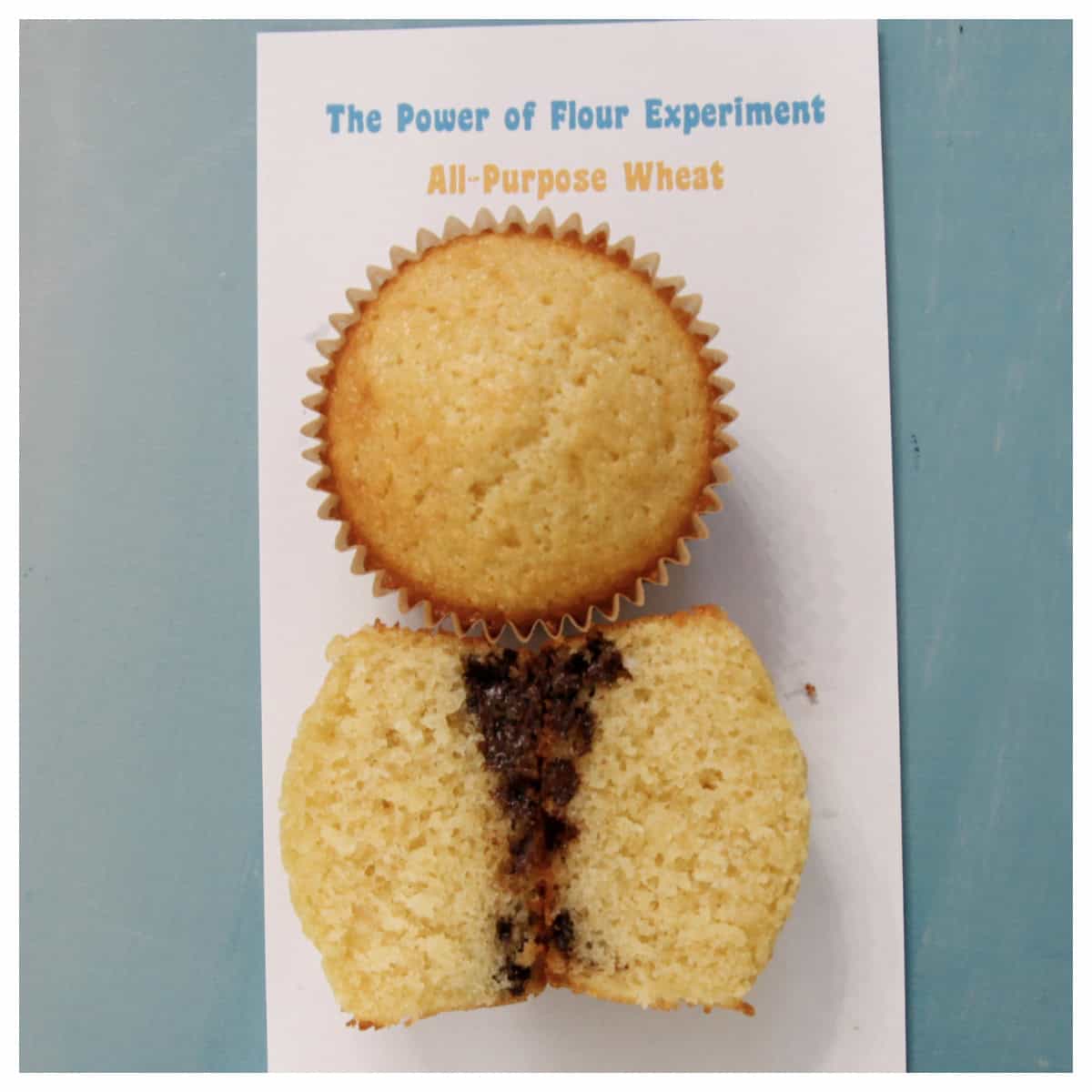
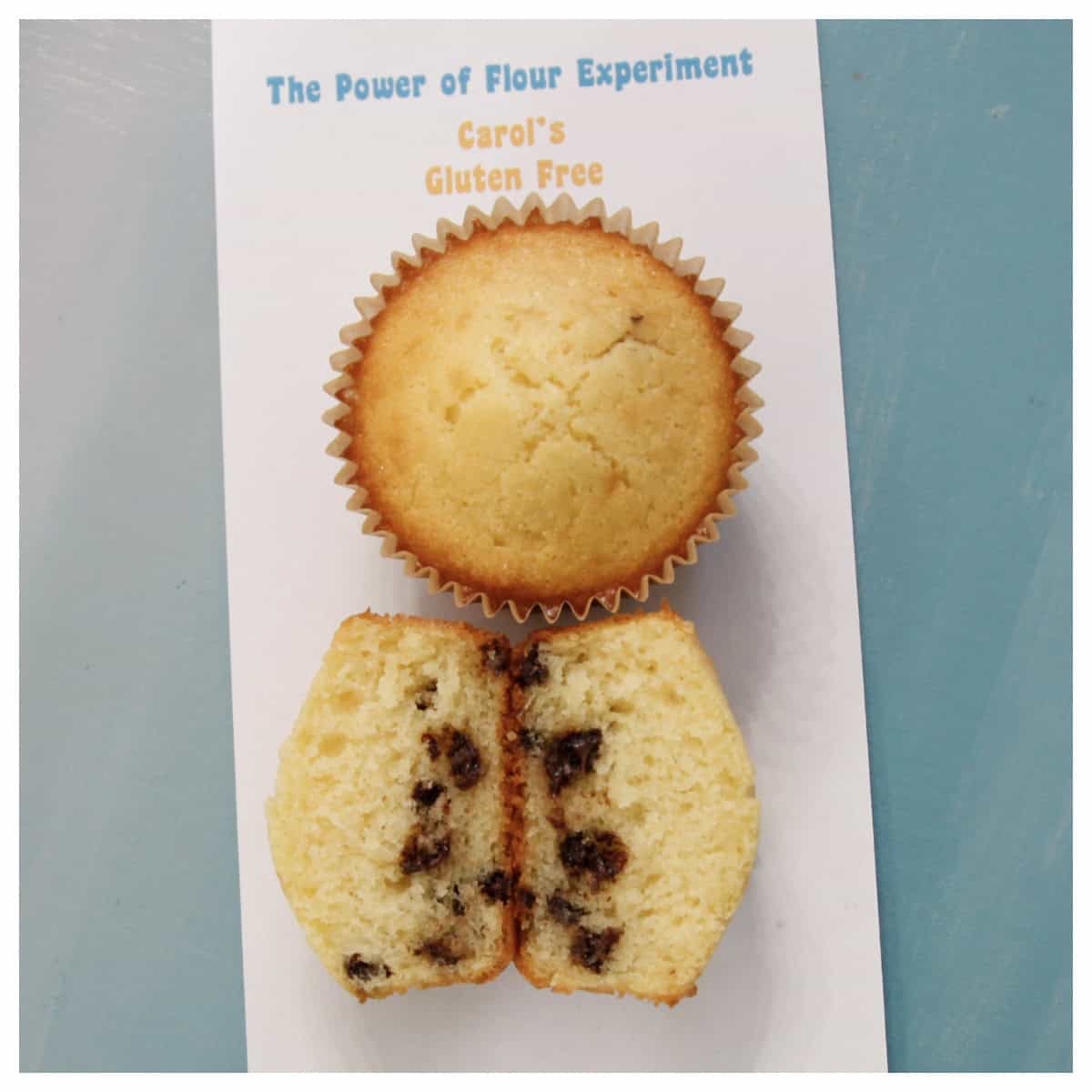
Appearance
Although there was some variability, most of the cupcakes looked beautiful with nice domes indicating good lift and evenly distributed air pockets. The chocolate chips only remained suspended in the Cup4Cup cupcake. There was no big difference in appearance between the gluten-free flour blends and the glutenous flours.
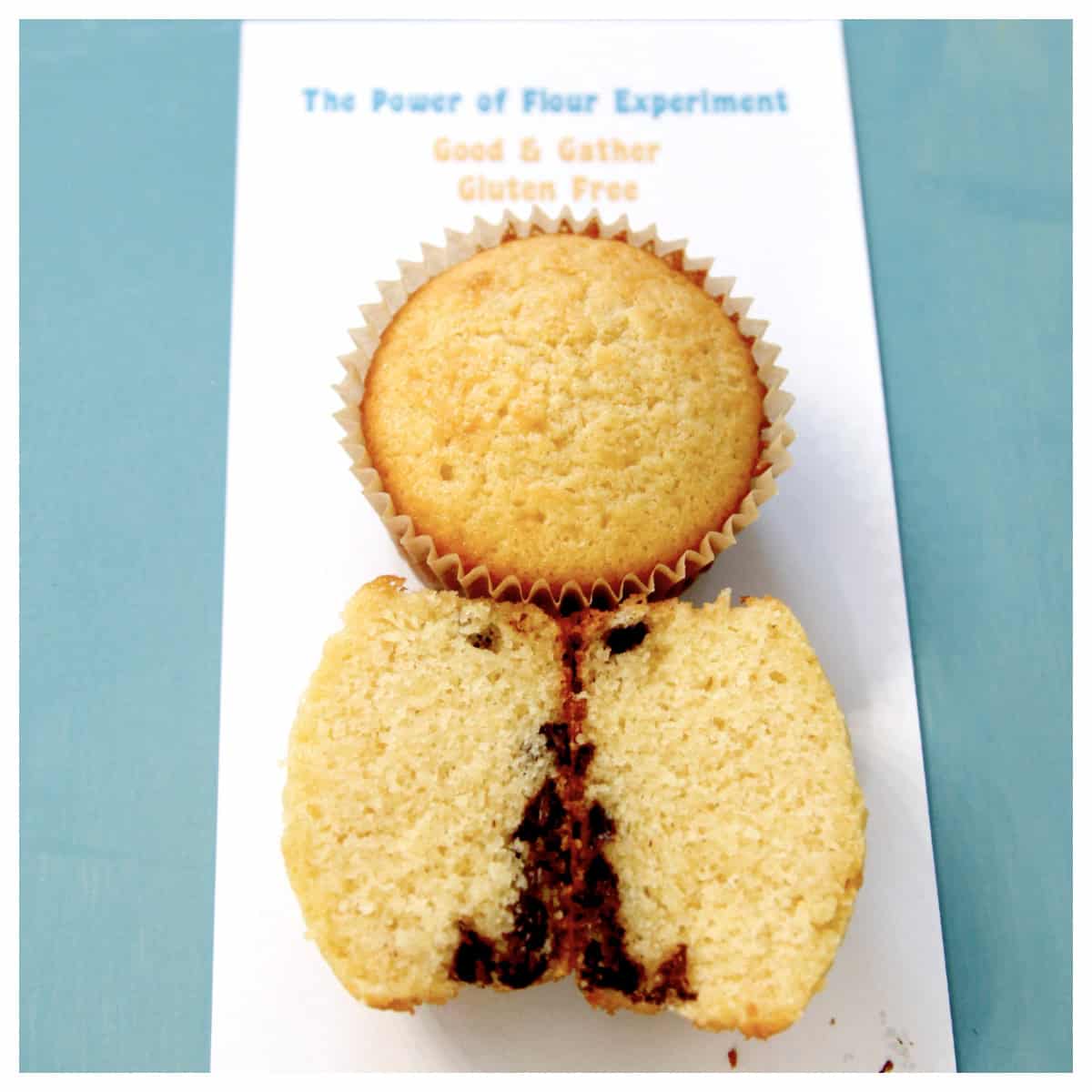
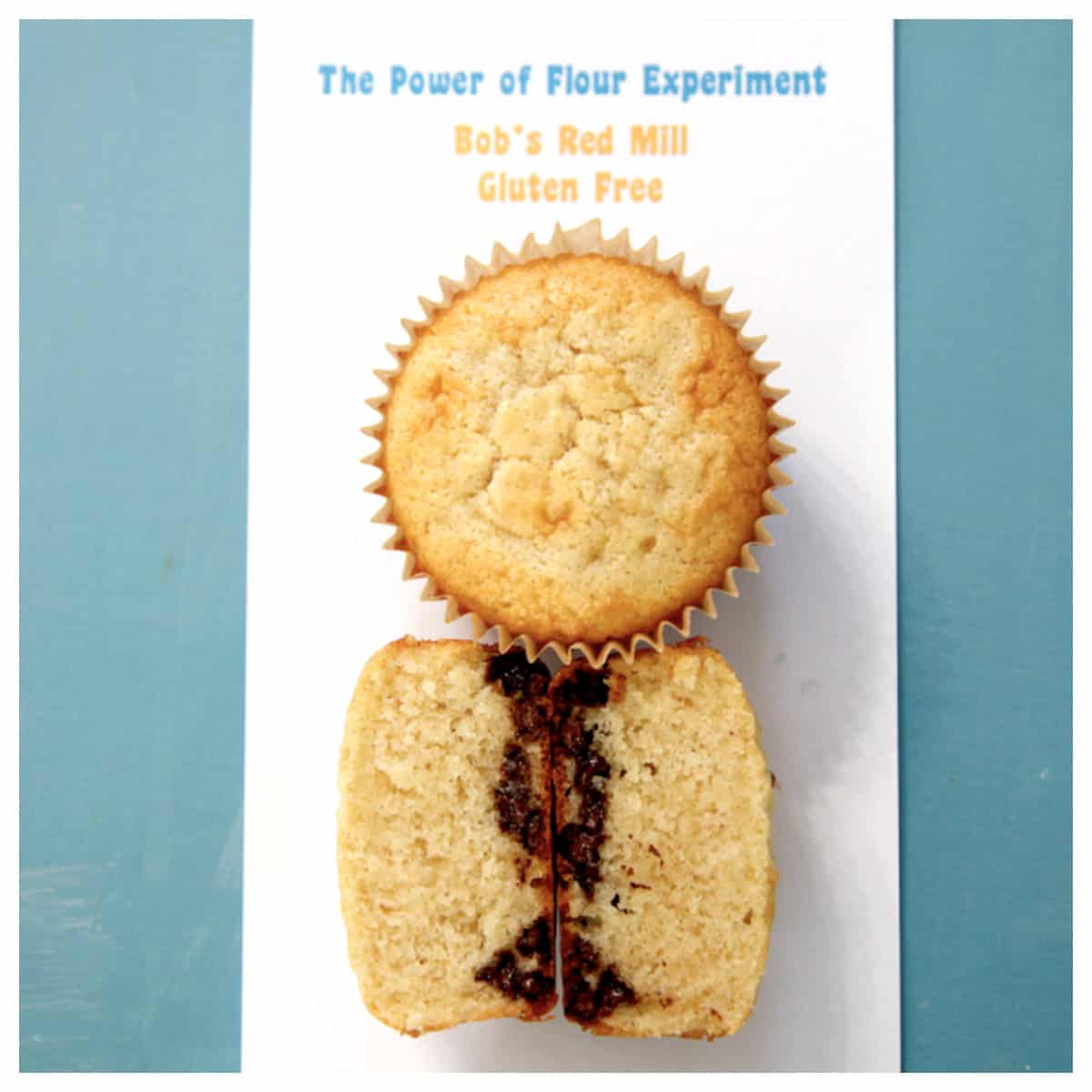
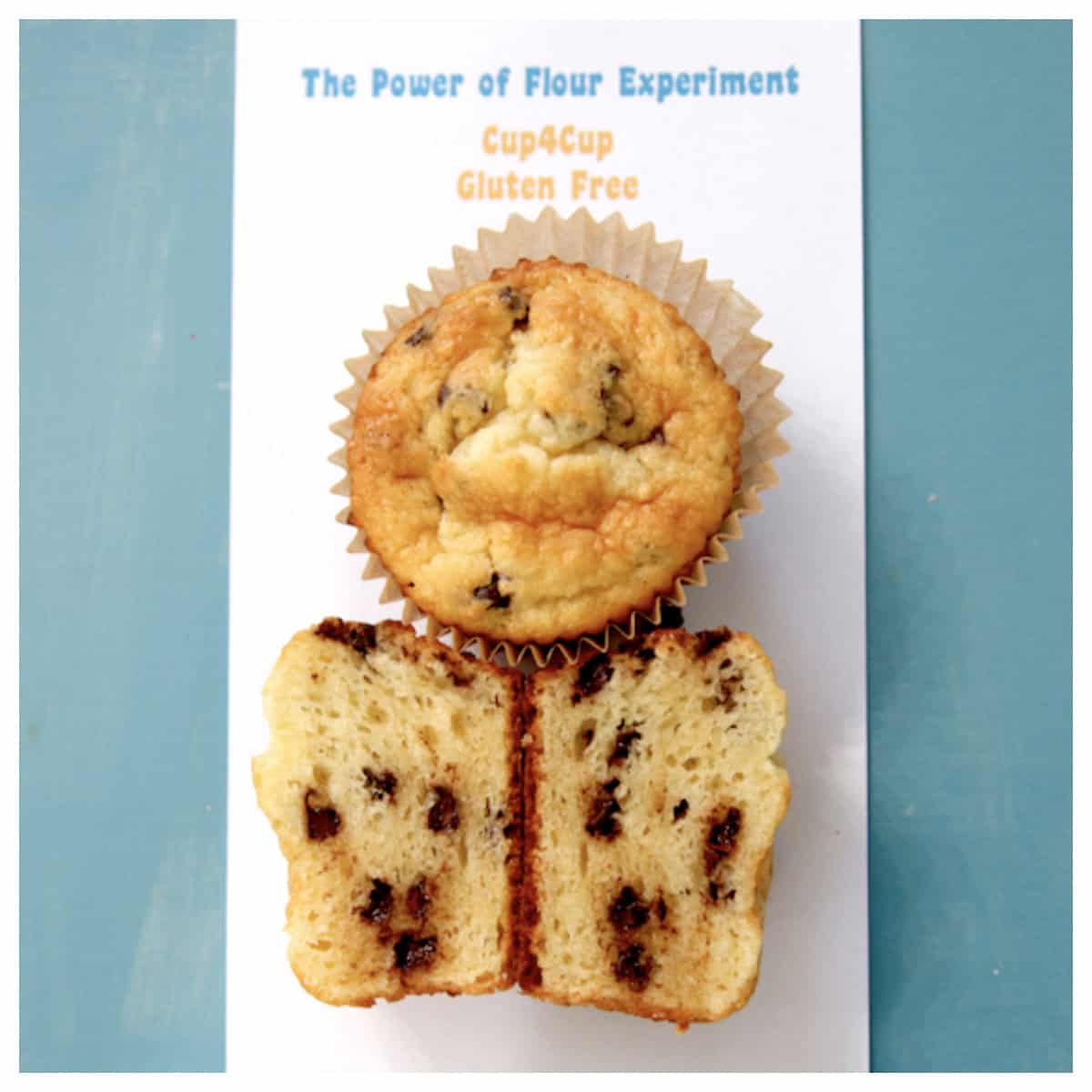
Consistency
Carol’s, Good & Gather, the all-purpose wheat, and Bob’s Red Mill all had nice texture, consistency, and a tender crumb. It would have been difficult to differentiate between them without the labels to identify each cupcake. Ultimately, Carol’s version was given the highest rating because the cupcake was soft and delicate while still holding together without crumbling. It is worth noting that the almond flour cupcake was almost fudgy instead of having a cake-like consistency. This is understandable because nut flours have a higher fat content, which results in a lower ability to absorb liquid than grain flours. This brings us to the moisture category.
Moisture
The whole wheat cupcake was the driest because it required more liquid from the batter to hydrate the grain. Some gluten-free flours that require much more liquid to hydrate them are coconut and chickpea flours. Without additional liquid, they will produce dry and crumbly baked goods. Almond flour added moisture with its natural oils and couldn’t absorb liquid or the fat in the batter, therefore it was the wettest cupcake. Cup4Cup did have a greater moisture level but did not seem greasy or oily. The remainder of the flours tested showed similar results with moisture and absorbed the fat (butter) from the batter well.
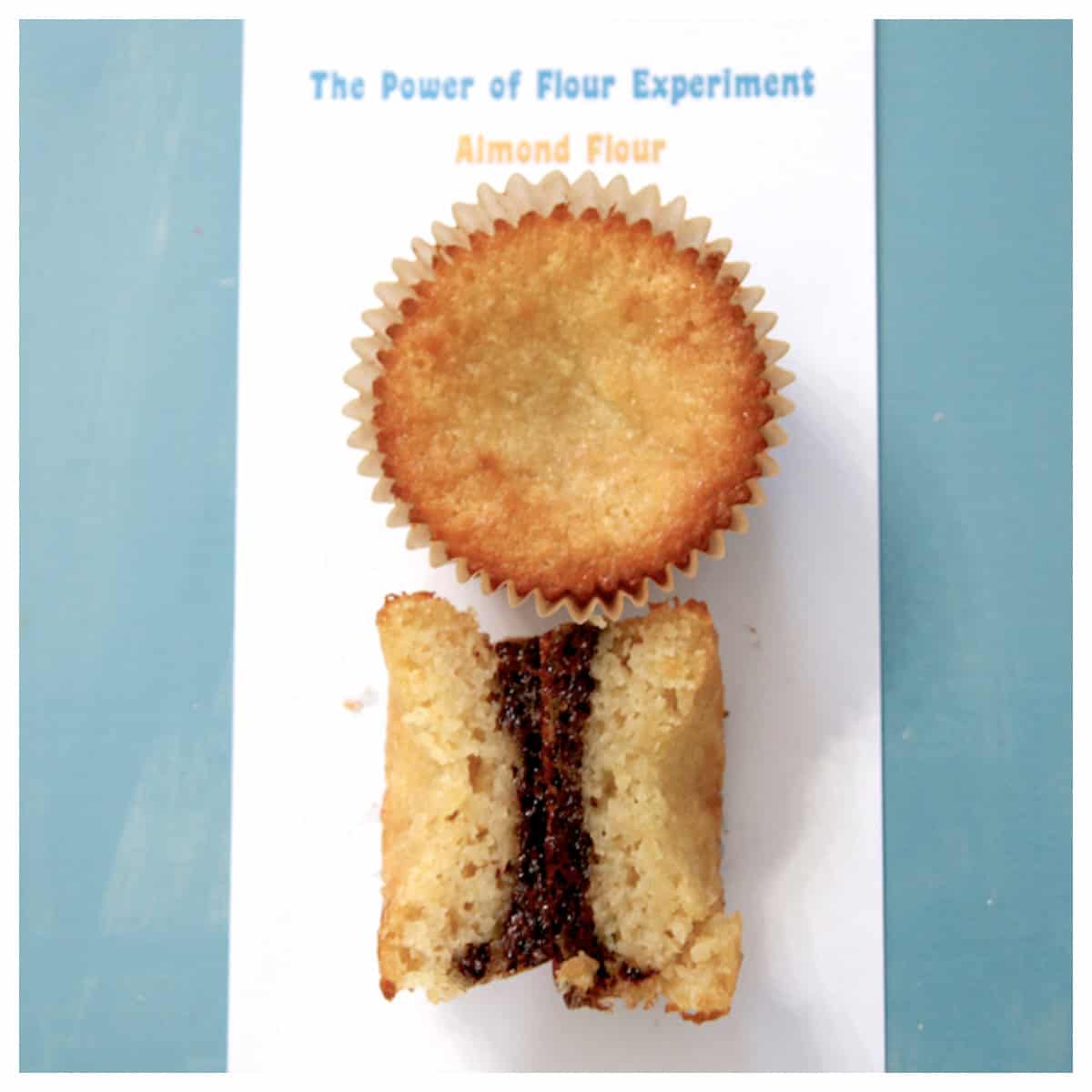

Flour Power Experiment Final Thoughts
The overall favorite was Carol’s Gluten-Free Flour Blend! The wheat eaters said that the all-purpose wheat flour cupcake did taste better if making a direct comparison, but the difference was very minimal between that and Carol’s. It was even difficult for them to explain what exactly was better. That speaks volumes for those who have tried many gluten-free flour blends.

The other flour blends have a place as well. For example, consider recipes where you may want a fudgy, dense, or super moist treat. This is a great place to experiment with using more almond flour or Cup4Cup. Each ingredient in the flour blend has a purpose. Learning more about the importance of each and how they impact the product is at the core of developing gluten-free recipes or converting a gluten recipe to gluten-free.

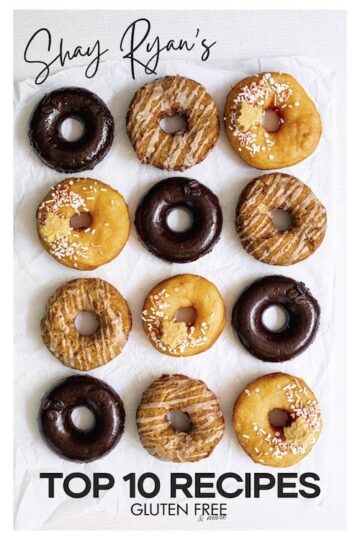
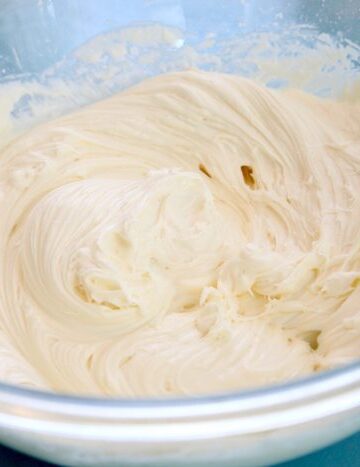
Comments
No Comments